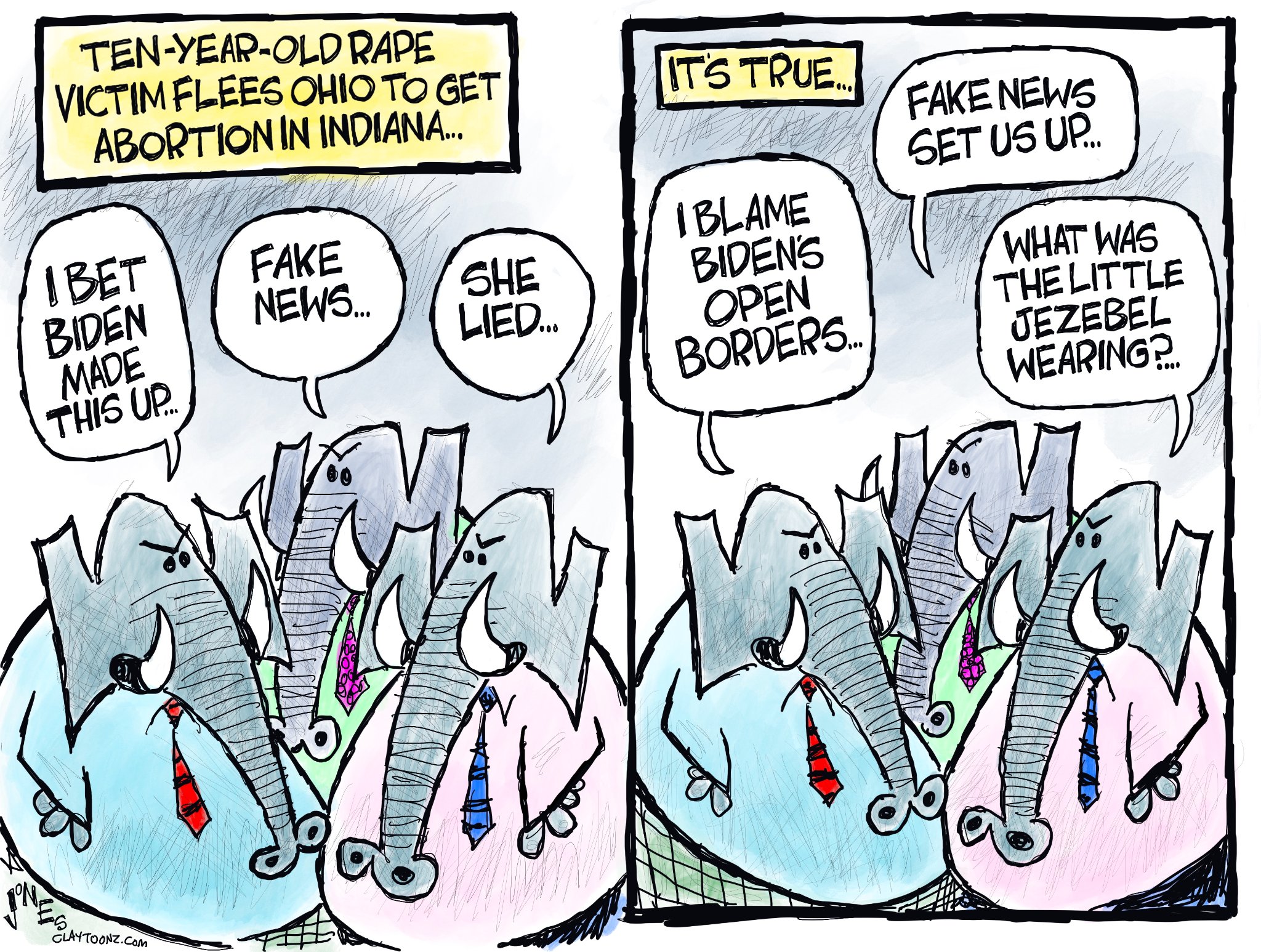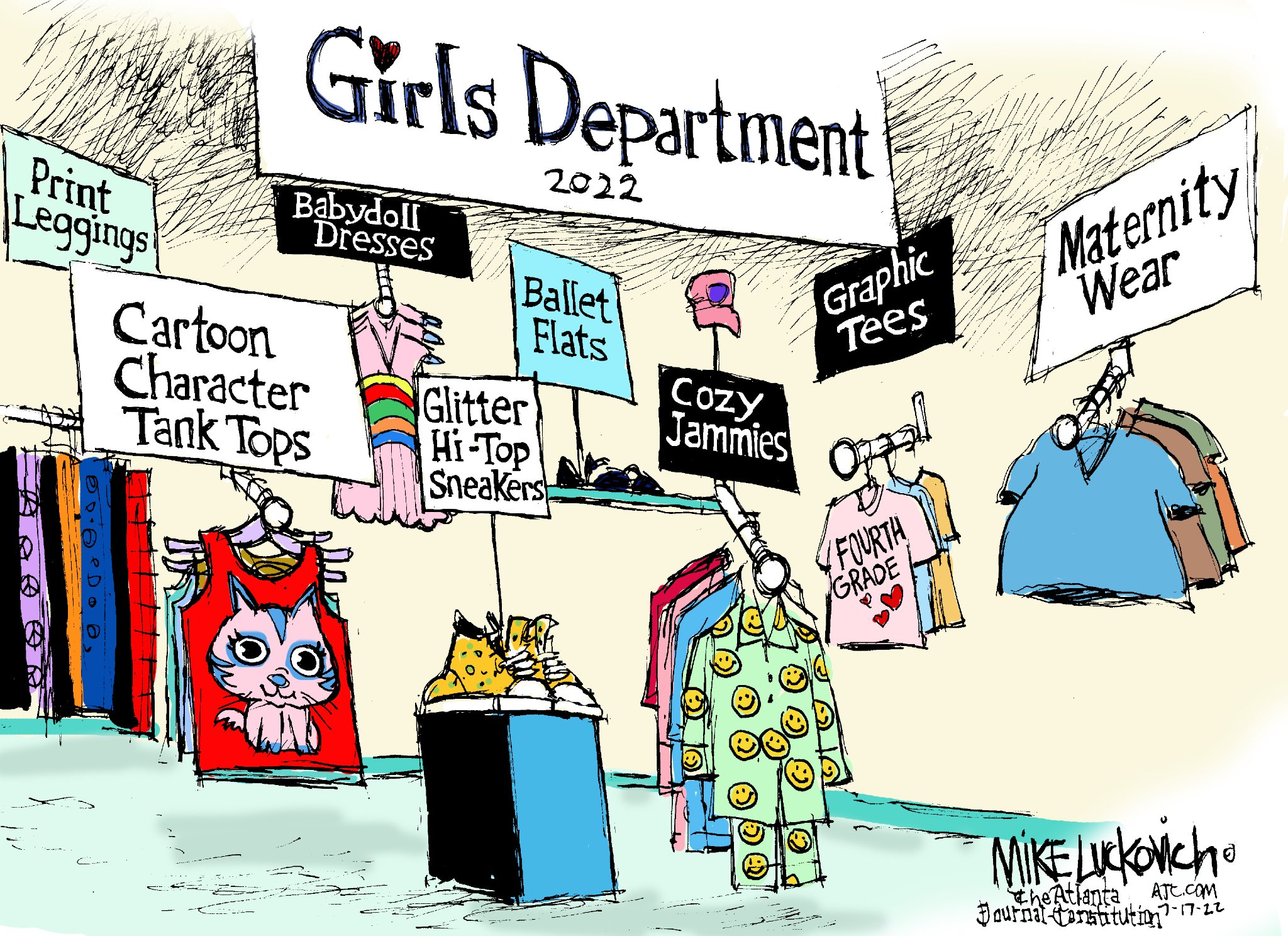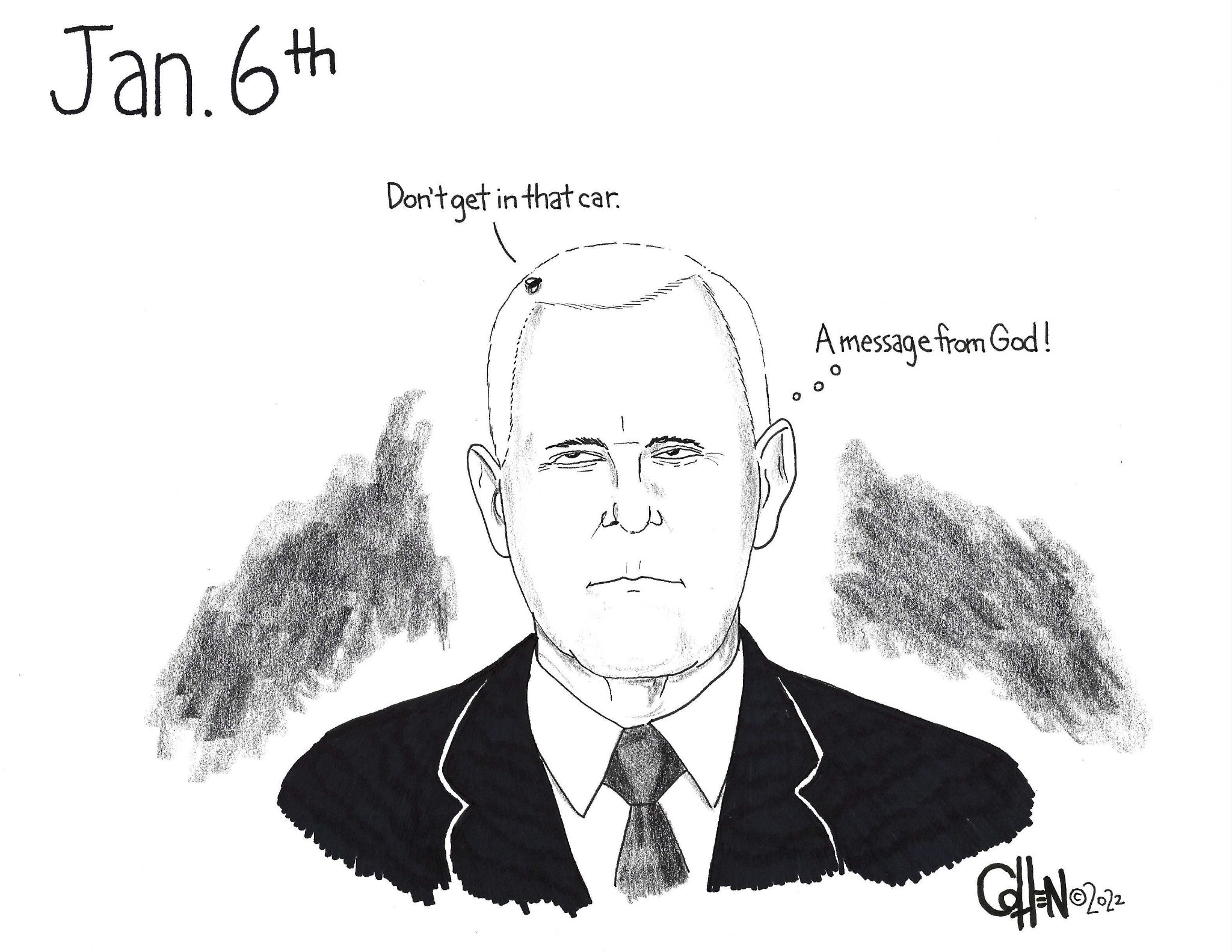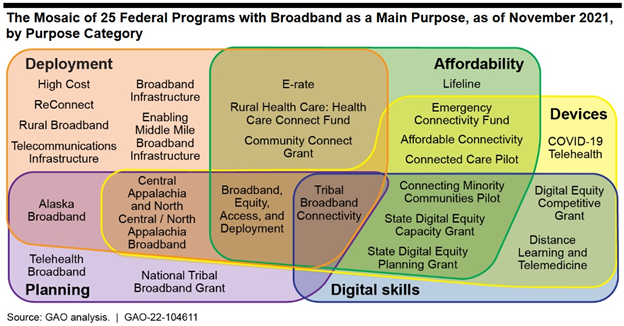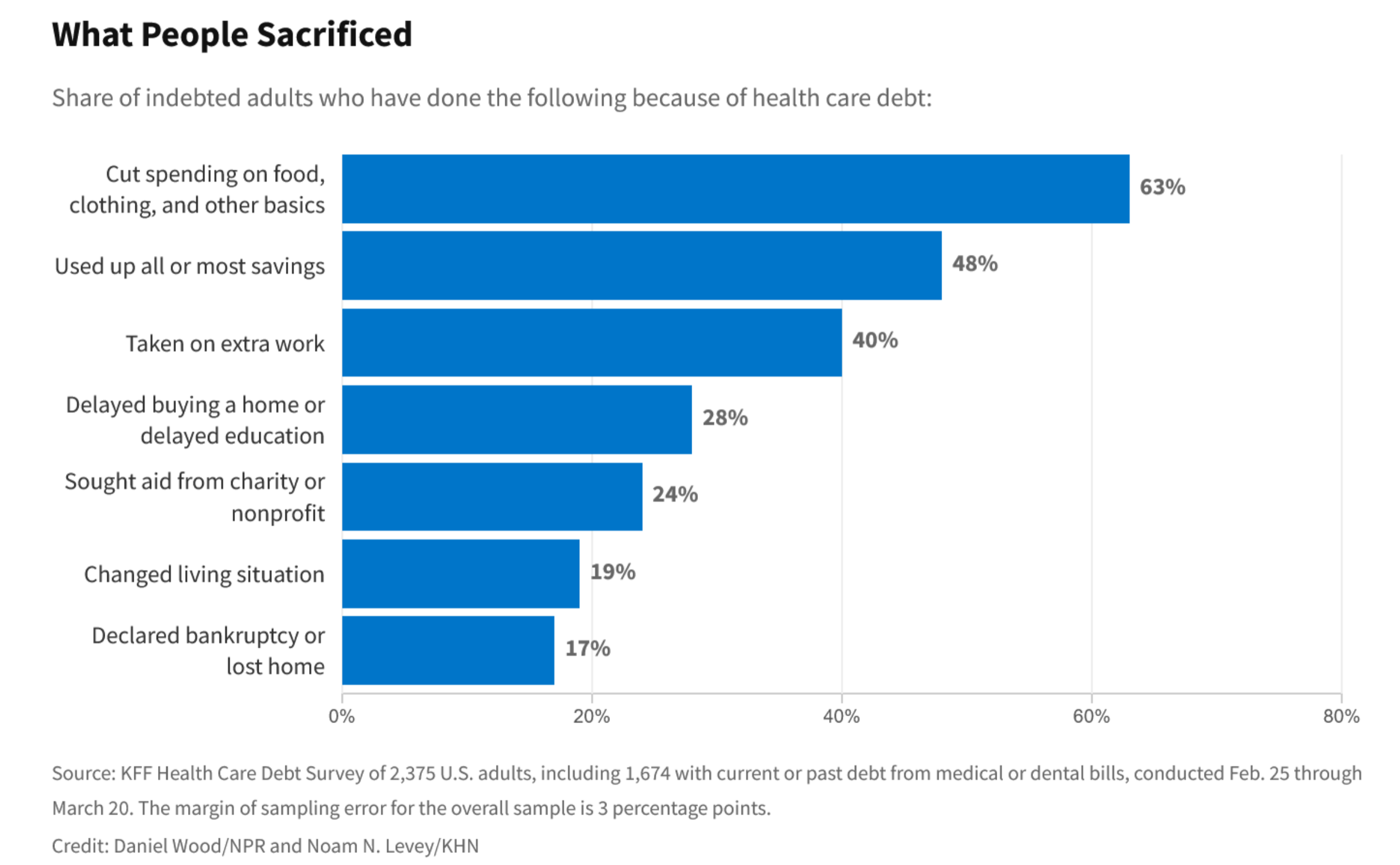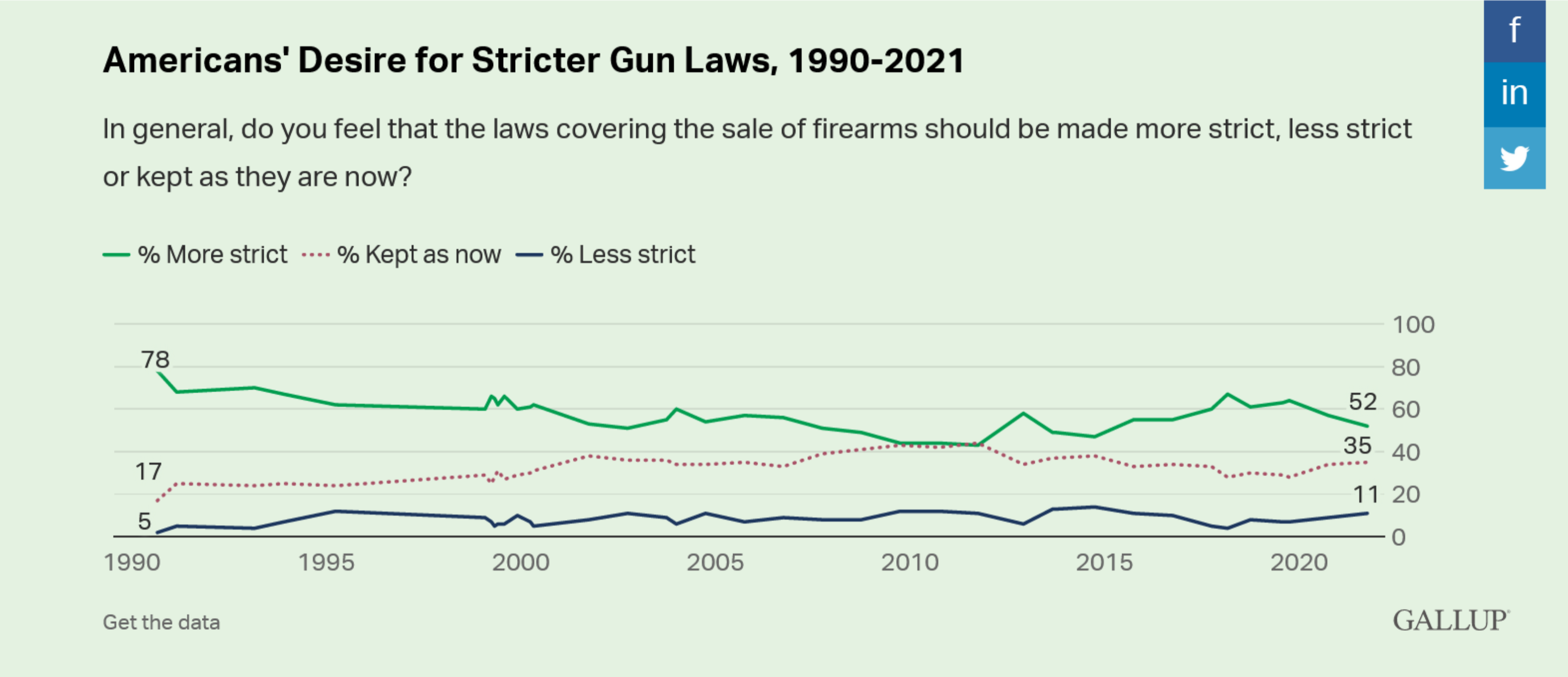The Daily Escape:

Sunset, Colorado, NM, near Grand Junction, CO – July 2022 photo by David Shield
Robert Hubbell made a list of landmark legislation passed thus far during the Biden presidency so that we’d have it handy over the next few months leading to the mid-terms in November:
- 03/11/2021 American Rescue Plan Act of 2021, a $1.9 trillion relief bill to address the continued impact of COVID-19 on the economy, public health, state and local governments, individuals, and businesses.
- 11/15/2021 Infrastructure Investment and Jobs Act, a $1.2 trillion investment in “hard infrastructure” including roads and bridges.
- 03/29/2022, Emmett Till Anti Lynching Act, 120 years after an anti-lynching bill was first introduced and which failed on nearly 200 prior occasions, Congress passed a bill designating lynching as a hate crime. Only three representatives—one each from Texas, Kentucky, and Georgia—voted against the bill.
- 06/25/22 Bipartisan Safer Communities Act, extended background checks for gun purchasers under 21, funding for state red flag laws and other crisis intervention programs, and partial closure of the “boyfriend” loophole.
- 07/29/2022 CHIPS and Science Act, the most significant research bill passed in a generation, including a $56 billion investment in American semiconductor production to incentivize companies to move chip production back into the US.
- 08/02/2022, Honoring our PACT Act of 2022, expanded healthcare and other services for veterans who were exposed to toxic substances during military service.
- 08/07/2022, Inflation Reduction Act of 2022, the largest climate investment in US history, also lowers prescription drug prices by giving Medicare the power to negotiate the prices of certain prescription drugs and extends expiring Obamacare health care subsidies for three years.
The scope of the issues addressed is significant: the pandemic and its economic fallout, highways, bridges, broadband, rail, manufacturing, science, semiconductors, prescription drug prices, health insurance, veterans’ health, climate change, deficit reduction and tax equity.
And they were passed within the constraints of a 50/50 Senate. Five of these laws, and all but the two biggies: the American Rescue Plan, and the IRA received Republican support. It’s pretty amazing that the Dems got this much.
So, whenever someone asserts that “Biden or the Democrats haven’t achieved anything” or that “Biden’s presidency has been a failure,” ask them to name as many significant pieces of legislation passed by Trump. Or, by Obama, Bush II, Clinton, Bush I, Reagan, Carter, Ford, or Nixon.
Only LBJ stacks up to the progress Biden has made so far.
But, it’s unclear how much this will help the Democrats in November. The Dems went into the 2010 midterms having passed Obamacare, a landmark piece of legislation, but they lost 60 seats and the leadership of the House. That was the biggest swing since 1948. Republicans also reduced the Democrats’ Senate majority.
So, as Wrongo stated yesterday, the political challenge for Democrats turns in large part to messaging —and targeting their message to the cohorts that make up the Democratic Party. Ruy Teixeira, a Democratic strategist affiliated with the American Enterprise Institute, wrote in the WSJ that Hispanics are no longer a sure cohort for the Democrats:
“It seems clear that Democrats seriously erred in 2020 by lumping Hispanics in with other “people of color,” assuming that they sympathized with the racial activism that dominated so much of the political scene that year. In reality, Hispanic voters are not a liberal voting bloc, especially on social issues.”
More:
“In a Pew postelection survey, just 20% described themselves as liberal, while 45% were moderate and 35% conservative. Surveys show that Hispanics are overwhelmingly an upwardly mobile and patriotic population whose main concerns are jobs, the economy, healthcare, effective schools, and public safety.”
Teixeira cites the polling firm Civiqs’ survey in late July that showed that just 12% of Hispanic working-class voters said their family’s financial situation had gotten better in the last year, while 50% said it had gotten worse.
In general, Hispanic voters cite inflation and the economy as by far their top issues for 2022. They could be a tough get for Dems who want to focus voter attention on abortion rights, their legislative achievements, and the Jan. 6 hearings.
How should Democrats message Hispanic voters?
We’re at an inflection point. All of the above happened because there were 50 Democratic Senators. It wouldn’t have happened with 49. It might have been bigger with 52 or more. Lose control of the House in November, and see Biden impeached.
These are things all Democrats should be reckoning with. Let’s leave the last words to Hubbell: (brackets by Wrongo)
“We have the policies, the positions, the values, and the candidates necessary to win. We need to….engage without fear or hesitation…..Let’s capitalize on the string of mistakes and “pulling back the curtain” moments that have revealed…[Republican] depravity as never before. We have every reason to be confident but no reason to be complacent!”



